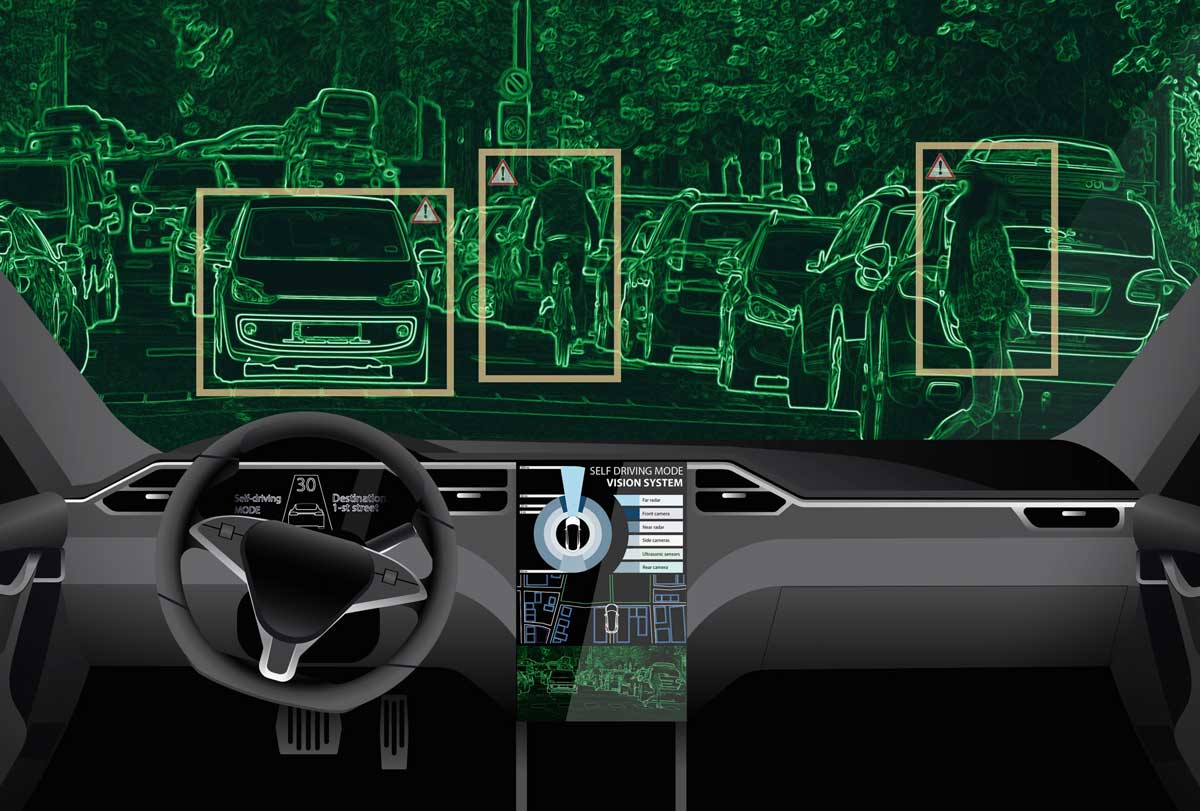Magnetoresistive RAM (MRAM) technologies have been in development for several decades with the goal of improving density, performance and power consumption of memory. Since 2011, Spin Transfer Technologies has been working on breakthrough technologies in magnetics and CMOS circuits and architectures. The company’s Spin Transfer MRAM (ST-MRAM) is meant to replace both static RAM (SRAM) and dynamic RAM (DRAM) in embedded and stand-alone applications by being able to store more data and offer better performance while at the same time consuming less power.
During our recent RoadCast series we stopped by the Spin Transfer Technologies headquarters to learn more about the company’s groundbreaking products. First, we spoke with Tom Sparkman, CEO of Spin Transfer Technologies, to learn more about the company’s magnetic memory and how the company got its start.
Sparkman tells us that MRAM is the next generation memory and will eventually dominate the entire memory market. He also explains why MRAM is so important and how the technology will unlock memory for the next generation.
As electronic devices have gotten smaller, the need for more memory has only grown, says Sparkman. It’s becoming extremely difficult to fit more memory into ever smaller chips. In fact, Sparkman says that if you get below 28nm, it’s almost impossible with current technologies. However, Spin Transfer Technologies’ next generation technology can scale there and probably for the next 10 years, according to Sparkman.
In the video, Sparkman gives us more details into how the company’s ST-MRAM can be used in embedded technologies and stand-alone products, like DIMM slots. MRAM is much denser than SRAM, says Sparkman, and much more reliable the NVM. This is why the company claims it can replace both of those markets and over time, even replace DRAM, which uses more power than MRAM. Compared to NAND flash memory, MRAM is much more reliable, says Sparkman, and doesn’t wear out like NAND. MRAM can be used forever, he says; it has higher endurance and also orders of magnitude better speed.
Sparkman also talks about the company’s ties to NYU and Allied Minds, which funds and builds early stage technology startups, many of which originated in university research settings. Spin Transfer’s technology came from NYU and the company was established when NYU teamed up with Allied Minds to develop and commercialize the spin transfer MRAM technology.
Watch the video to learn more about the future of memory and why MRAM will one day be the only memory being used and visit spintransfer.com to download the company’s latest whitepaper and find additional resources on ST-MRAM.
MRAM Technology Primer
In a separate video, we spoke with Andy Walker, VP of Product at Spin Transfer Technologies, to get a MRAM technology primer. Ideal for those brand new to MRAM, this video helps explain just how MRAM works and what makes it so unique and important, especially when compared to current memory technologies. Walker also touches on some of the common use cases for MRAM and where you might be seeing the technology in the next few years.
Spin Transfer Technologies Fab/Lab Tour
In another video we visited the Spin Transfer Technology test lab to get a tour of the facilities and to speak with Mustafa Pinarbasi, CTO & Sr. VP of Magnetics Technology at Spin Transfer, to get more information on what makes the company’s lab different from its competitors.
Watch this exclusive look inside Spin Transfer Technologies lab and get a glimpse into where the future memory products are being developed. Visit spintransfer.com to learn more.




















